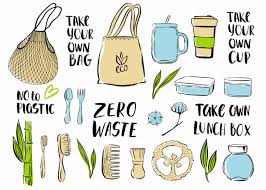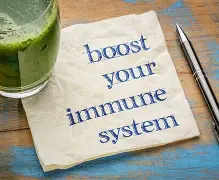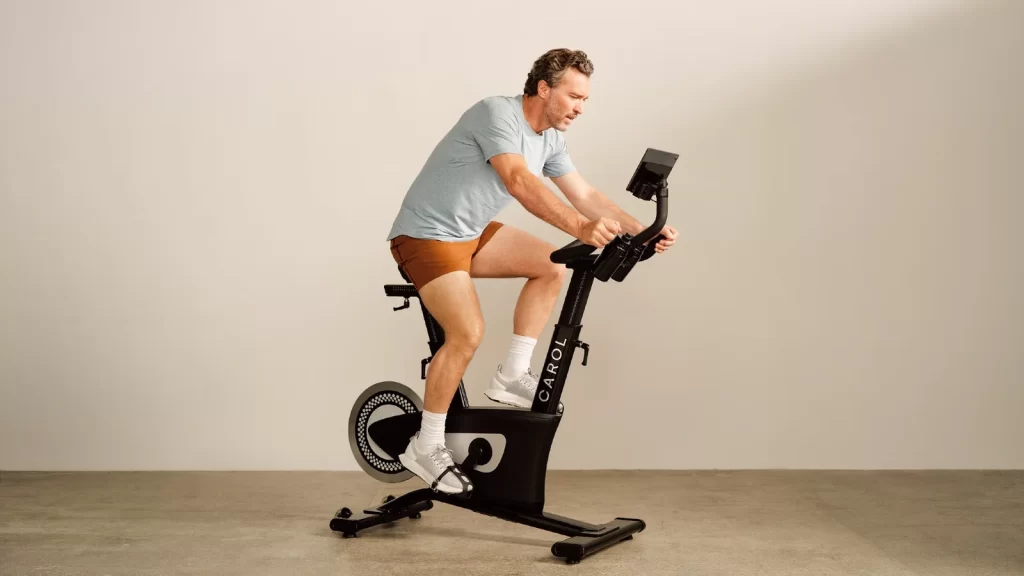Our Eyes Show Us Content That Resonates
When was the last time you made an online purchase? Did a flashy advertisement entice you to make the purchase? It’s highly unlikely. Most likely it was a review, unfiltered opinions on the product, or an unboxing video. Even a photograph that seemed friendly in nature could also serve the purpose. All of the above options are User generated content examples (UGC) and the latter mark shifts in the advertising landscape for the year 2025.
People have come to the conclusion that brands will always be brands. Advertiser channels Trust people, users, influencers, and edited commercials—not carefully crafted campaigns. And the cleverest marketers embrace this reality, but instead of acknowledging it, construct entire strategies around it.
In the subsequent sections, we are going to discuss 10 strategies that brands are utilizing to transform their consumers into the creators and connections behind the concept of content.
User Generated Shoppable
Content On Product Pages Companies such as All birds and Glossier have featured products alongside customer images and reviews. Rather than undergoing advertising studio photos, everyday people showcase how they utilize the product.
Reason For Success: Social UGC provides valuable engagement where it is utmost needed, the time of decision.
Campaigns With Real Fan Style
Tik Tok Shrinkers Rather than influencers, brands invite fans to construct a Tik Tok video for a hashtag like #StyledByMe and #MySkinJourney. Think its like Duolingo except to the audience doing the talking.
Why It Works: These trends appear to not be advertisements and instead, community-based activities that feel enjoyable to participate in.
Unfiltered Product Reviews on Reels and Shorts
Brands tend to repost honest reviews capturing from living rooms, bathrooms, and even cars. Ads don’t have to be overly polished, and that casual vibe adds to the charm.
Why It Works: Consumers trust raw content a lot more than scripted promotions.
Contests That Spark Real Creativity
Starbucks and LEGO are known to hold contests where participants submit drink-hack ideas or build off existing models, respectively. The former sometimes offers a monetary reward while other times, simply being showcased is the only reward.
Why It Works: Everyone enjoys recognition. Especially for something as satisfying as user-generated content.
Branded Hashtags That Build Identity
Brands don’t make hashtags solely in order to trend; they serve greater purposes such as storytelling. Like #ShotOniPhone or #MyCalvins, now even more diverse shapes and voices can join in as they tell their tales.
Why It Works: Hashtags appears to foster community to brand followers.
UGC-Powered Email and SMS Marketing
Some brands enhance email newsletters and texts beyond just promo codes by adding customer’s photos, quotes, and short video clips.
Why It Works: It shifts the conventional brand-consumer relationship, reducing transactional interactions and nurturing connections which are rooted in genuine recommendations.
Consumer Submissions as Marketing Content
Shopping Patagonia, you discover that users have even shared videos of them camping; Nike’s website features real-life and professional athletes, showcasing their journeys.. These are not advertisements; they are narratives.
Why It Works: Marketers know that users relate more to other human beings as opposed to products.
Paid Advertising with User-Generated Content for Wider Reach
Instead of hiring models, brands now use user-generated videos. Crazy right? Just imagine ads in the style of Instagram stories but created by actual users.
Why It Works: These advertisements are budget-friendly, more effective, and have better reception compared to traditional advertising.
User-Generated Content Examples Virtual Try-Ons
Fashion and beauty brands use tagged customer images to showcase how various models, body shapes, and skin tones wear their products.
Why It Works: Trust is cultivated through a brand showcasing diverse people wearing their clothes, which diminishes returned items.
Products Developed By Community Participation
Notion and Fenty Beauty go a step further with UGC marketing strategies by allowing users to suggest product features, colors, and styles through feedback posts or polls.
Why It Works: Users who co-create will also co-promote.
Important Points:
- UGC goes beyond simple content; it’s a strategy that yields trust.
- Messages that will be the most prominent brand messages in 2025 will come from users—not marketers.
- Customers are the better narrators of the story. Trust them to tell their part.
FAQs
What do you mean by user generated content (UGC)?
UGC refers to any User generated content examples in the form of videos, photos, or reviews created by users or customers rather than companies.
What makes UGC effective?
UGC is more appealing since it comes from real experiences, which is more admirable than marketing text.
Can UGC be beneficial for small businesses?
Definitely. In fact, UGC can be more useful for smaller brands to build community and trust.
Is it necessary to get permission to use UGC?
Yes. Brands must always ask or have clear terms of use to request permission before customer content is shared.
What is the best way to get customers to create UGC?
It can be done through prizes and contests. It can put on the featured regularly and thanked.
UGC is not a trend. Rather, it is how trust is built for 2025. Want true engagement? Let the audience engage, and grant their wishes.











